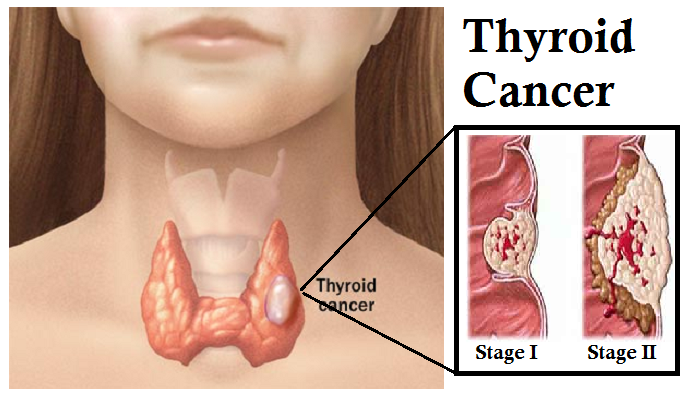
Nursing Interventions for Thyroid Cancer
Observe patient for signs of pain both verbal and nonverbal Teach and encourage patients to use relaxation techniques Administer analgesic as ordered (for pain, if needed) Monitor respiratory frequency, depth of breathing; Auscultate breath sounds and record a Ronchi Assess for dyspnea, stridor and cyanosis Provide oxygen therapy if necessary Determine the patient’s ability […]
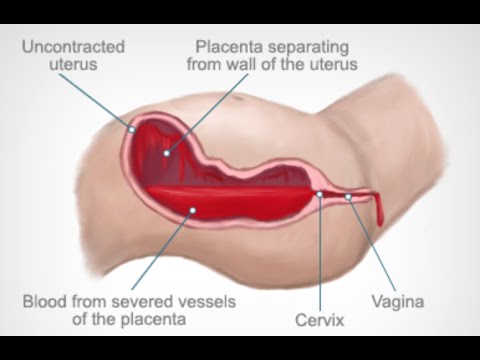
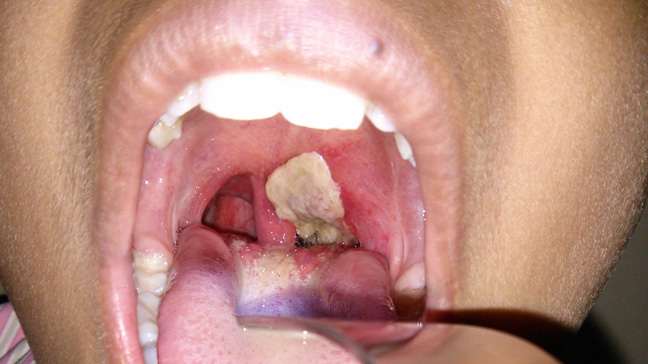
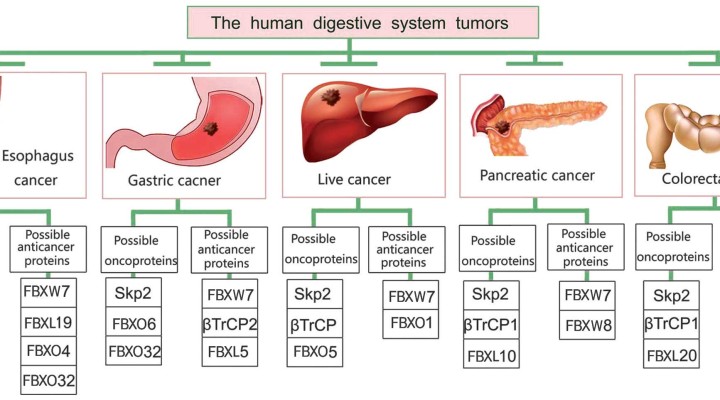
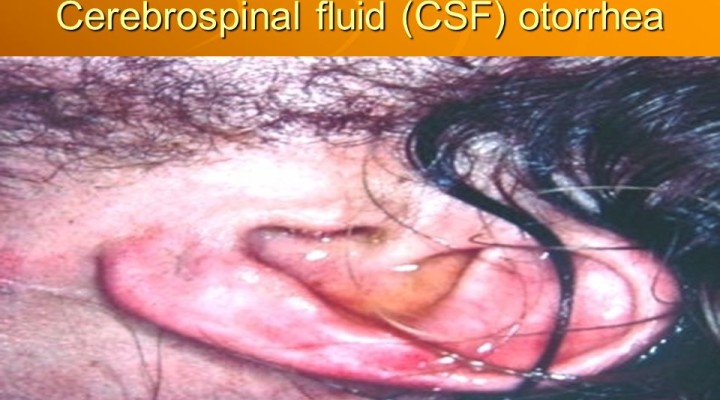
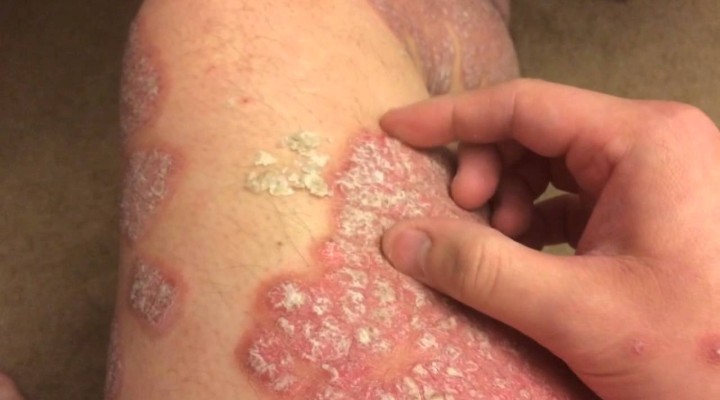







Recent Comments